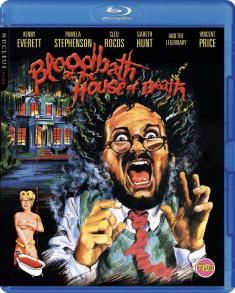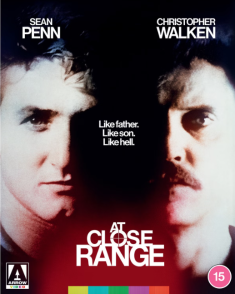The Walking Dead: Episode 2 - Starved For Help
Overview -
After beginning its life in print, Robert Kirkman’s zombie epic, The Walking Dead, has become a pop culture success over three mediums. First came its grotesque television adaptation, and then an interactive video game followed, providing us gamers with a window into the zombie apocalypse that only Telltale Games could have ever created.
Mixing intense dramatic moments with cringe worthy and incredibly difficult moral choices, The Walking Dead: Episode 1 – A New Day wowed the gaming community when it debuted on our favourite digitally enabled platforms in April. Though, as impressive as it was, it became obvious that the inaugural episode’s elements were just a tease of what would follow. After all, this is a five part series that promises to blow fans of the franchise away with a progressive storyline that is designed to build upon the choices players make.
Enter The Walking Dead: Episode 2 – Starved For Help, which recently shambled its way towards Xbox LIVE Arcade, the PlayStation Network and Steam.
Video Review
Instead of striving to create a realistic-looking experience, this download-only release presents the opposite, employing stylized visuals that look as if they were taken out of a graphic novel. That decision to forego realism adds a lot to the game, and has given Telltale added creative opportunities. However, though most of what’s presented here looks great, there’s something wrong under the game’s hood.
Unfortunately, technical issues currently plague this experience, making it somewhat frustrating to play. There are surprisingly frequent frame rate dips, as well as times where the game seems like it wants to freeze. It wouldn’t be as bad if the problems popped up during the storyline’s low points, but that isn’t the case. Instead, they appear when the tension is at its highest points, and affect the presentation of important scenes. Add in times where certain characters’ lip-synching animations are noticeably off, and you have a game that should have spent more time in the proverbial oven.
Audio Review
Being that it’s a story driven experience, The Walking Dead places a lot of emphasis on its dialogue, as well as the voice actors who deliver those written lines. Thankfully, Telltale was able to get a quality voice cast to sign up, and almost all of them deliver good performances. There are one or two characters whose lines feature noticeable overacting, but those performances don’t come anywhere close to marring the episode. With that being said, almost all of the characters still feel realistic, which is incredibly important when it comes to this type of interactive experience.
Out of the other audible ingredients that help make up this zombified cocktail, none stand out as being anywhere close to poor quality. Though, with that being said, they’re not always given a chance to shine, due to the aforementioned technical issues and their prevalence. Certain sound effects momentarily cut out whenever the game would skip a beat or lock up for a second, affecting the title’s immersion factor.
Those who crave a unique, narrative driven game, should have already purchased the first episode of Telltale’s The Walking Dead. That’s because it introduced one of the most memorable experiences the video game medium has ever been treated to, incorporating elements, which this second episode builds upon in impressive fashion. Frankly, if you’re a fan of dramatic fiction, horror movies and/or zombies, then this is a must buy, even if it suffers from some frustrating technical problems.












